“Our research on and intervention into urban villages did not limit them to the urban villages themselves, much less interpret them as objects of nostalgia. Urban villages provide a different perspective for re-examining the situation of today’s cities and the vision of tomorrow’s cities—the future of the urban village maps the future of the city.”
——MENG Yan
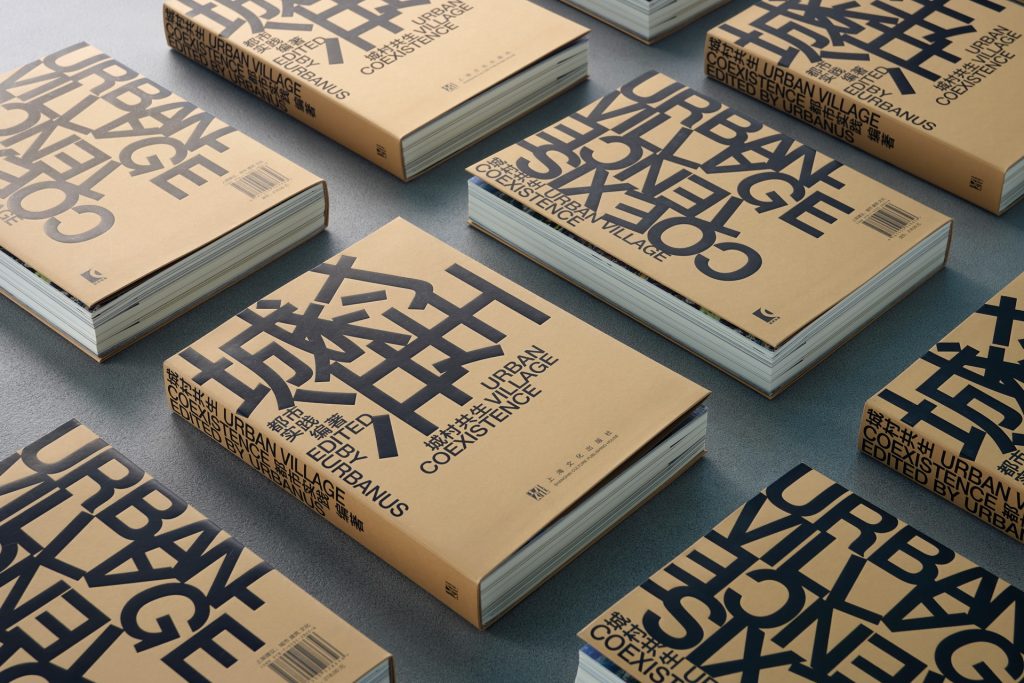
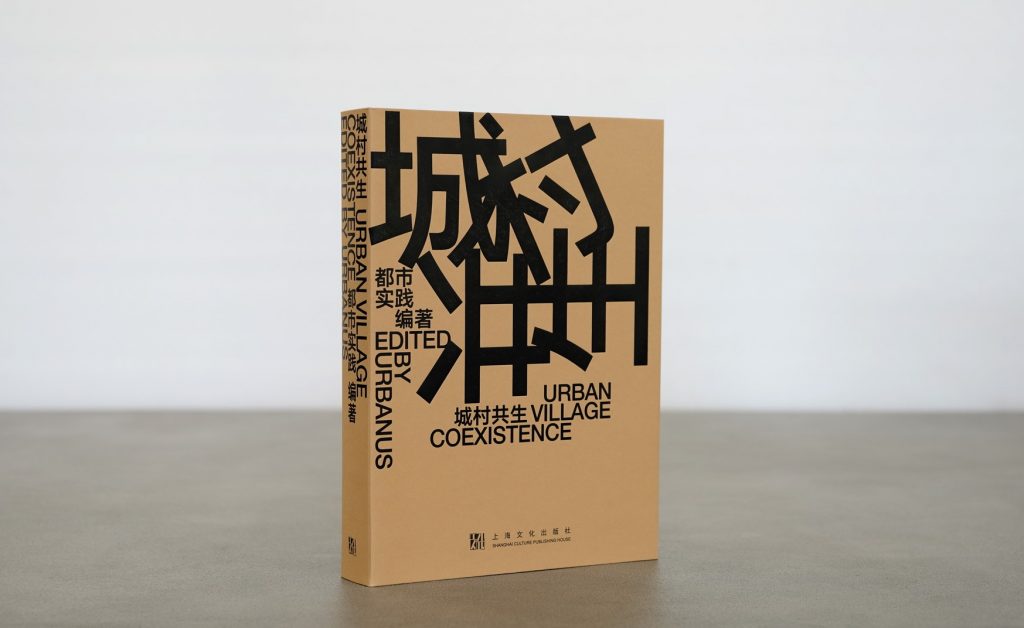
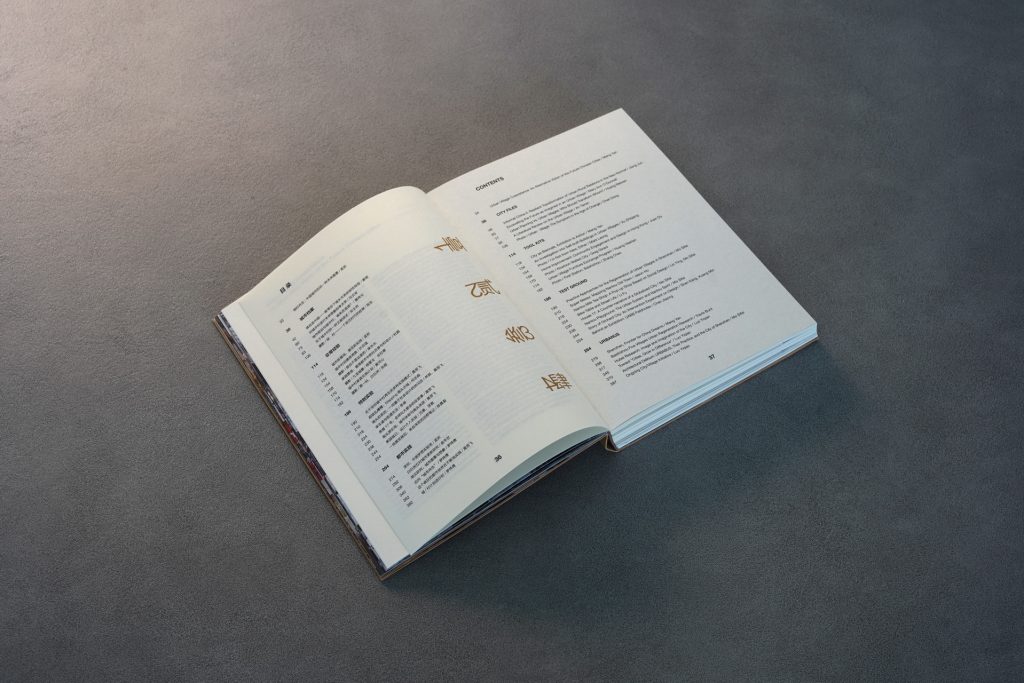
The launch of URBAN VILLAGE COEXISTENCE was held on September 7, 2024 at the E-6 space of URBANUS, OCT-LOFT. The first event was a sharing session with book editors, authors and professions.
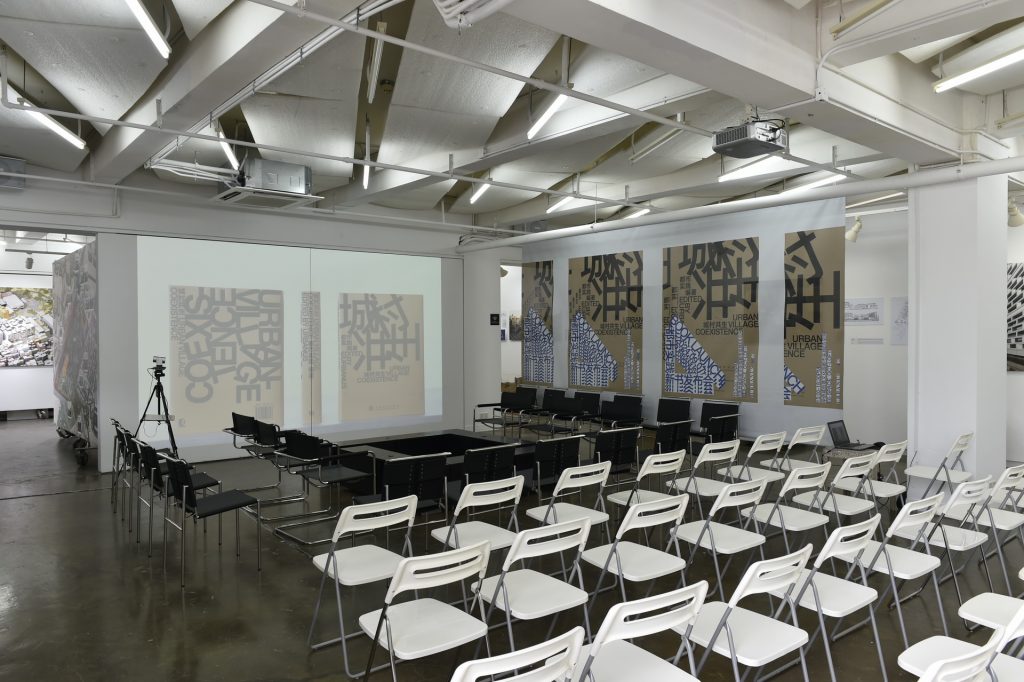
Urban Village Coexistence is another book on the study of urban villages edited by URBANUS after the book Village/City·City/Village published in 2006.
URBANUS began research on and intervention into urban villages in 2002. In 2006, URBANUS published the book Village/City City/Village which; explored alternative regeneration strategies in addition to demolition and redevelopment based on Gangxia Village, Xinzhou Village, Fuxin Village and Dafen Village. The curation of the Shenzhen Case Pavilion at the Urban Best Practice Area in the Expo 2010 Shanghai showcased Dafen Village, an urban village as an in-situ development paradigm. URBANUS began research on preserving the Hubei historical village in 2012 and co-initiated the “Hubei 120 City Public Plan” in 2016. That year, URBANUS also launched the research and intervention project “Nantou Old Town Preservation and Regeneration” which led to the curation of Cities, Grow in Difference, the 7th Bi-City Biennale of Urbanism\Architecture (Shenzhen) in Nantou Old Town. Recently, along with the continuous efforts in Nantou Old Town and Dafen Village, URBANUS has led the “City/Village Project” working with some professional peers to upgrade public spaces in several urban villages in Longgang District, Shenzhen.
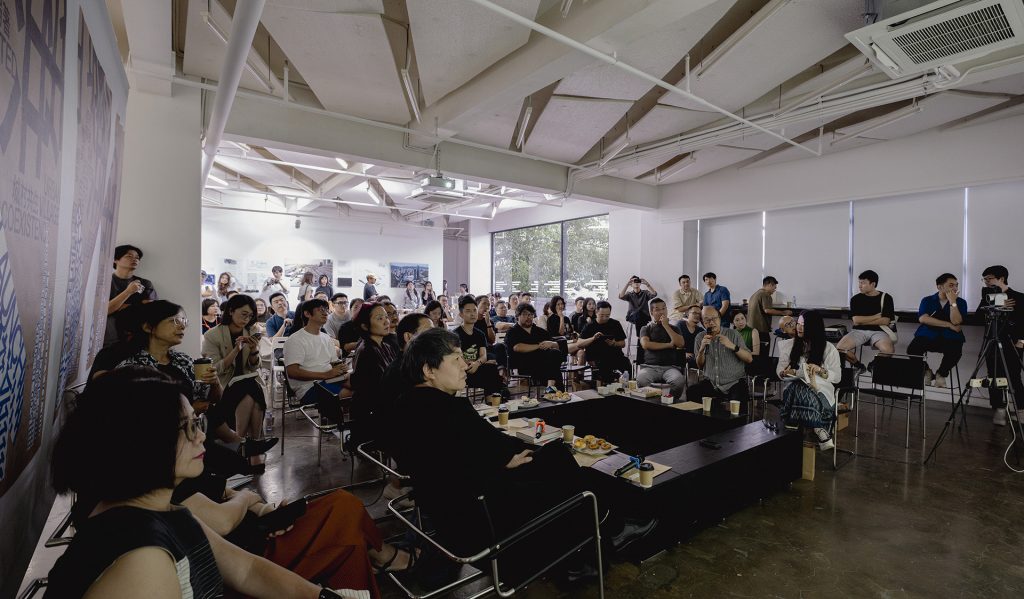
Urban Village Coexistence is an essential academic review and extension of the 7th UABB “Cities, Grow in Difference” experiment in Nantou.Different and interrelated viewpoints are brought together: including not only scholars from the fields of architecture, urban planning, geography, sociology, economics and management but also tenants, village collectives, governments at all levels, relevant real estate and property managers as well as artists inspired by urban villages. Urban Village Coexistence is organized into four sections: “City Files,” “Tool Kits,” “Test Ground,” and “URBANUS.” These narrative threads weave through macro narratives of documentary research, humanistic observations of collective and personal memory, pluralistic practical experiences, and studies of urban villages from various disciplinary perspectives, representative discourses of interested parties, and intervention experiments and methods of professional teams.
Urban Village Coexistence is both a retrospective document and a consideration of the future of the city. Is it possible to find a more inclusive and diverse approach in the face of unitary and homogeneous model of city-making?
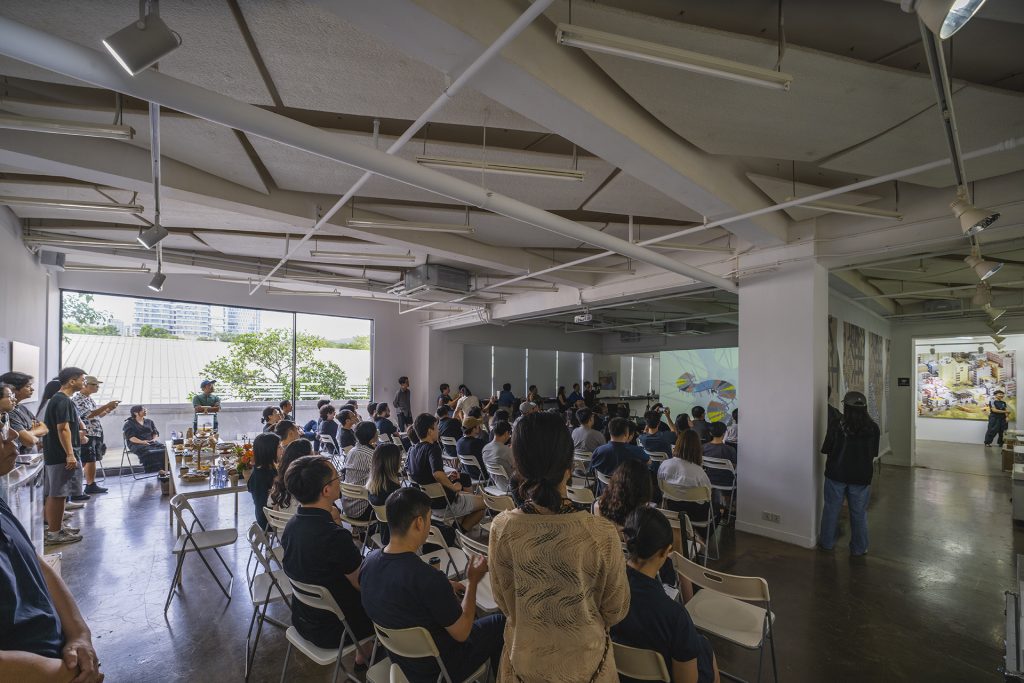
Links for purchasing URBAN VILLAGE COEXISTENCE:
天猫链接:https://m.tb.cn/h.golBMVVdvz0CVMP?tk=a9yH35APasl CZ3456
京东链接: https://item.jd.com/14216293.html
